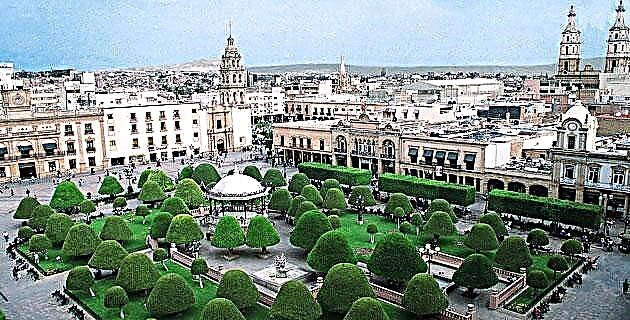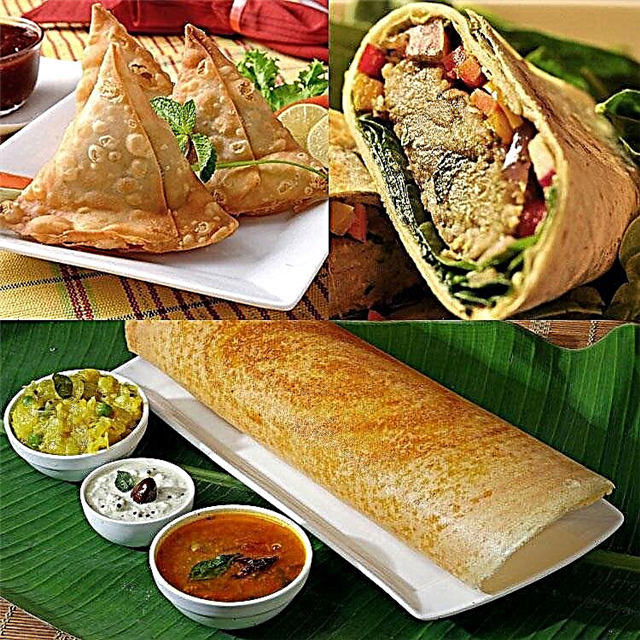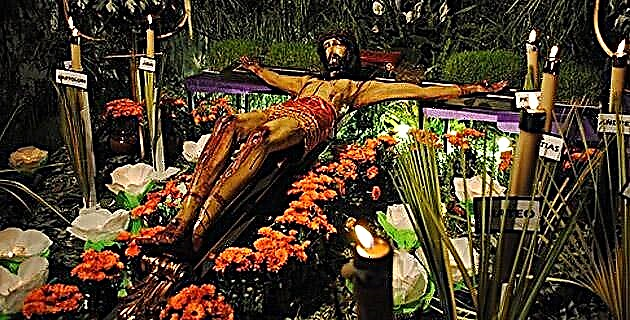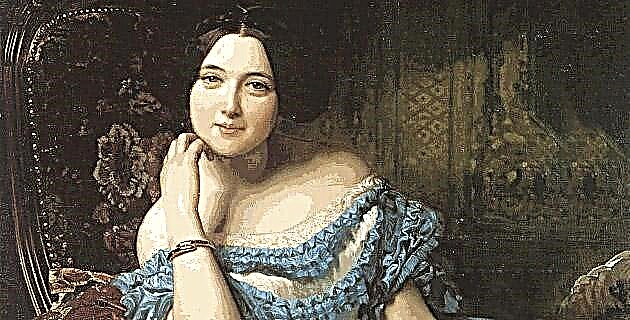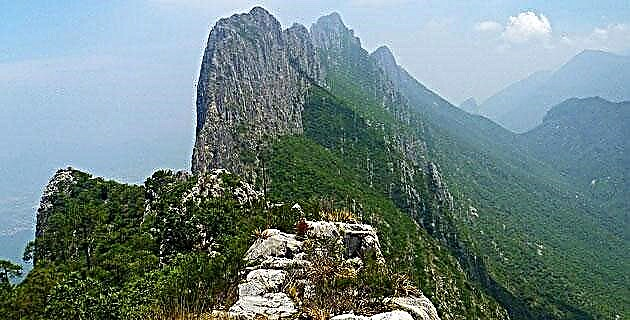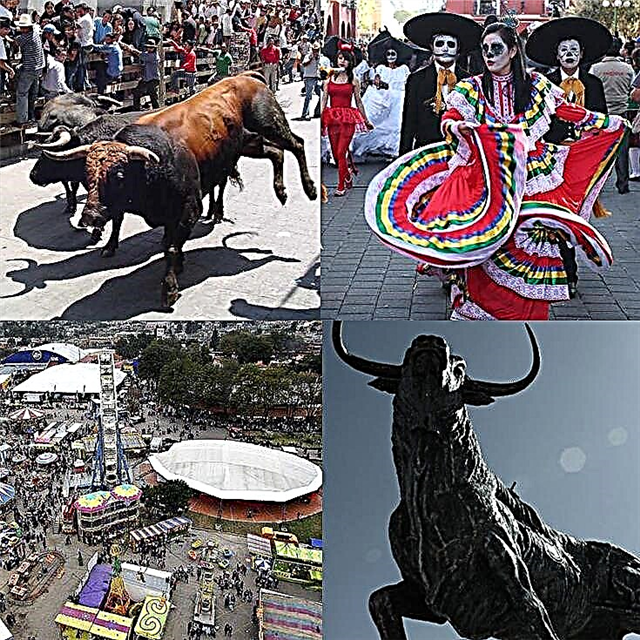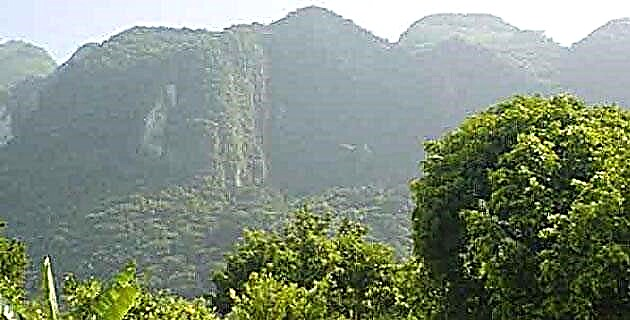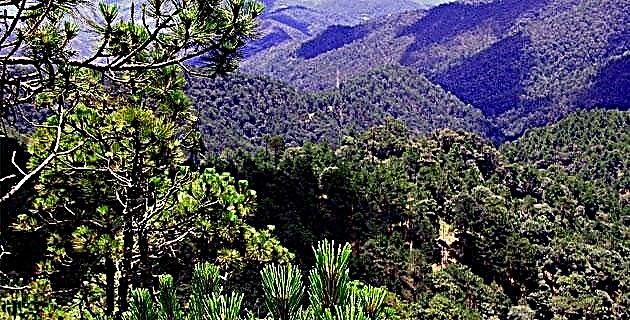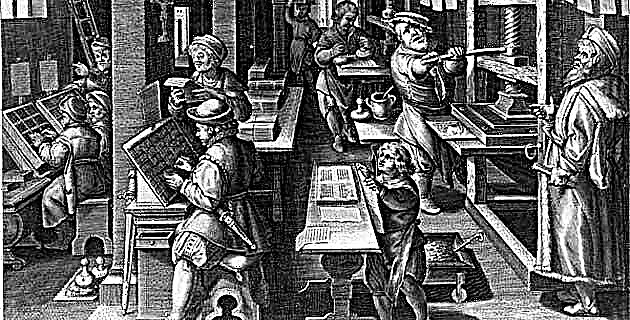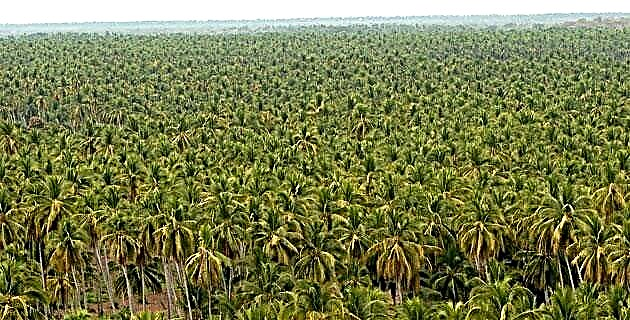
We invite you to discover the history of this region of the state of Guerrero.
The municipality of Cuajinicuilapa is located on the Costa Chica de Guerrero, on the border with the state of Oaxaca, with the municipality of Azoyú and the Pacific Ocean. Jamaica and sesame plantations predominate in the region; on the coast there are palm trees, cornfields and beautiful white sand beaches. It is a savanna with flat terrain and extensive plains, with a warm climate where the average annual temperature reaches 30ºC.
The name of the municipality is formed by three words of Nahuatl origin: Cuauhxonecuilli-atl-pan; cuajinicuil, a tree that grows on the banks of rivers; atl which means "water", and pan which means "in"; then Cuauhxonecuilapan means "River of the Cuajinicuiles".
Before the arrival of the Spanish, Cuajinicuilapa was the province of Ayacastla. In turn, Igualapa was the head of the province until Independence and later it was moved to Ometepec.
In 1522 Pedro de Alvarado founded the first Spanish village in Acatlán in the heart of Ayacastla. In 1531 a Tlapanec insurrection caused the massive flight of the locals and the town was gradually abandoned. In that sixteenth century, the indigenous population was disappearing due to wars, repression and diseases.
Thus, the Spaniards found it necessary to seek workers from other latitudes to continue exploiting the usurped lands, thus starting the slave trade, which constitutes one of the most cruel and regrettable events in the history of humanity. Massively deported in uninterrupted traffic for more than three centuries, more than twenty million Africans of productive age were snatched from their villages and reduced to merchandise and engines of blood, causing an almost irreparable demographic, economic and cultural loss for Africa.
Although most of the slaves arrived at the port of Veracruz, there were also forced landings, smuggling of slaves and groups of cimarrones (free slaves) that reached the Costa Chica.
In the middle of the 16th century, Don Mateo Anaus y Mauleon, a nobleman and captain of the viceroy's guard, monopolized huge tracts of land in what was the province of Ayacastla, which of course included Cuajinicuilapa.
The region was turned into a cattle emporium that supplied the colony with meat, skins and wool. At this time, several maroon blacks came to the region seeking refuge; Some came from the port of Yatulco (today Huatulco) and from the Atlixco sugar mills; They took advantage of the isolated area to establish small communities where they could reproduce their cultural patterns and live with a certain tranquility away from their cruel repressors. In case of being captured, they received fierce punishment.
Don Mateo Anaus y Mauleon offered them protection and thus obtained cheap labor, in such a way that little by little Cuajinicuilapa and its surroundings were populated by gangs of blacks.
The haciendas of that time were true centers of ethnic integration where, together with the masters and their families, all those who dedicated themselves to working the land, dairy farming, leather tanning, administration and domestic care lived together: Spaniards, Indians, blacks and all sorts of mixtures.
The slaves became cowboys and engaged in good numbers in tanning and preparing skins.
The centuries passed with abandonments, new territorial distributions, armed conflicts, and so on. Around 1878, the Miller house was installed in Cuajinicuilapa, which was fundamental in the evolution of the region during the 20th century.
The house was a partnership between the Pérez Reguera family, belonging to the Ometepec bourgeoisie, and Carlos A. Miller, a German-American mechanical engineer. The company consisted of a soap factory, as well as raising cattle and planting cotton that would serve as raw material to make soaps.
The Miller latifundio covered the entire municipality of Cuajinicuilapa, with an approximate area of 125 thousand hectares. The elders affirm that at that time "Cuajinicuilapa was a town with only 40 small houses made of grass and a round roof."
In the center lived the white merchants, who did have an adobe house. The brown ones lived in pure grass houses between the mountains, a small round and on one side a small drop for the kitchen, but, yes, a large patio.
The round, evident African contribution, was the characteristic house of the region, although today only a few remain, as they tend to be replaced by houses made of material.
At parties, it is assured, women from different neighborhoods began to compete with pure verses, and sometimes they would fight, even with machetes.
Miller's cowboys loaded their mules with cotton to the Tecoanapa bar, in a journey of up to ten days to reach the pier, from where they left for Salina Cruz, Manzanillo and Acapulco.
“Before it was something else, in the mountains we had to eat without having to buy, we only had to go to the puddles or the river to fish, to hunt iguana, and those who had weapons were going to be vented.
“In dry weather we went to the ground floor to sow; One made his own enramadita that served as a house all that time, the town was left without people, they closed their houses and since there were no padlocks, thorns were put on the doors and windows. Until May they returned to the town to prepare the land and wait for the rains ”.
Today in Cuajinicuilapa many things have happened, but in essence the people remain the same, with their memory, their festivals, their dances and in general with their cultural expressions.
Dances such as the trough, the Chilean, the dance of the turtle, Los Diablos, the Twelve Pairs of France and the Conquest, are characteristic of the place. Also important are the contributions related to religious magic: curing diseases, solving emotional problems with the use of amulets, medicinal plants, and so on.
Here meetings of black peoples have been organized in order to revalue the elements of identity that allow them to unify and strengthen the development process of the black peoples of the Costa Chica of Oaxaca and Guerrero.
In Cuajinicuilapa there is the first Museum of the Third Root, that is, of the African in Mexico. The municipality has sites of singular beauty. Near the head, about 30 km away, is Punta Maldonado, a picturesque place on the coast, a fishing village with a lot of activity and important fishing production.
The men leave at dawn and return late at night, on shifts that exceed fifteen hours every day. In Punta Maldonado the lobsters that are fished a few meters from the beach are excellent. Here stands an old lighthouse that practically marks the limits of the state of Guerrero with that of Oaxaca.
Tierra Colorada is another small community in the municipality; Its inhabitants dedicate themselves above all to the sowing of sesame and hibiscus. A short distance from the town is the beautiful Santo Domingo lagoon, which has a great variety of fish and birds that are discovered among the spectacular mangroves that surround the lake region.
Barra del Pío is not far from Santo Domingo, and like this one, it is of great beauty. A large number of fishermen come to this bar from time to time, who build houses that they will have to use for some time. It is common to come to these places and find that all the houses are uninhabited. It won't be until next season that the men and their families return and reclaim their ramadas.
In San Nicolás people are festive, there is always an excuse for the party, when it is not the fair, it is the carnival, the wedding, the fifteen years, the birthday, and so on. The settlers are distinguished by being cheerful and dancers; People say that after the fandangos (which lasted up to three days) they got sick and some even died dancing.
In the shade of a tree (parota) sones are danced, and music is made with drawers, wands and a violin; It is danced on top of a wooden platform known as "artesa", which is manufactured in a single piece of wood and has a tail and a horse's head at the ends.
Another characteristic dance is the "torito": a petate bull goes out for a walk through the town and all the locals dance and play around him, but he attacks the audience, who do all kinds of adventures to get away well.
The "devils" are without a doubt the ones with the greatest presence, their choreographies are colorful and lively; with free and agile movements they goad the audience with their leather whips; and the masks they wear are of “enormous realism”.
The youngest, dressed in colorful costumes, perform the dance of the "Conquest" or the "Twelve Peers of France"; The most unexpected characters appear in these choreographies: Cortés, Cuauhtémoc, Moctezuma, even Charlemagne and the Turkish knights.
The "Chilenas" are elegant dances with particularly erotic movements, undoubtedly typical of this Afro-Colombian region.
Probably today it is not so important to know how African the culture of the natives is, but to understand what the Afro-Mestizo culture is and define its determining aspects as a living ethnic group, which although they do not have their own language and dress, they do have a body language and symbolic that they use as a communicative expression.
In Cuajinicuilapa, the locals have shown their enormous strength by rising from all the imponderable climatic conditions that affect the area practically every year.
It is highly recommended to visit this beautiful region of the Costa Chica de Guerrero, with its beautiful beaches and its kind and hardworking people who will always be willing to help and share.
IF YOU GO TO CUAJINICUILAPA
From Acapulco de Juárez take highway no. 200 that goes to Santiago Pinotepa Nacional. After passing several towns: San Marcos, Cruz Grande, Copala, Marquelia, Juchitán and San Juan de los Llanos, and after traveling 207 km, by the same road you will reach this small piece of Africa and the last town in the neighboring state of Guerrero with the state of Oaxaca.

